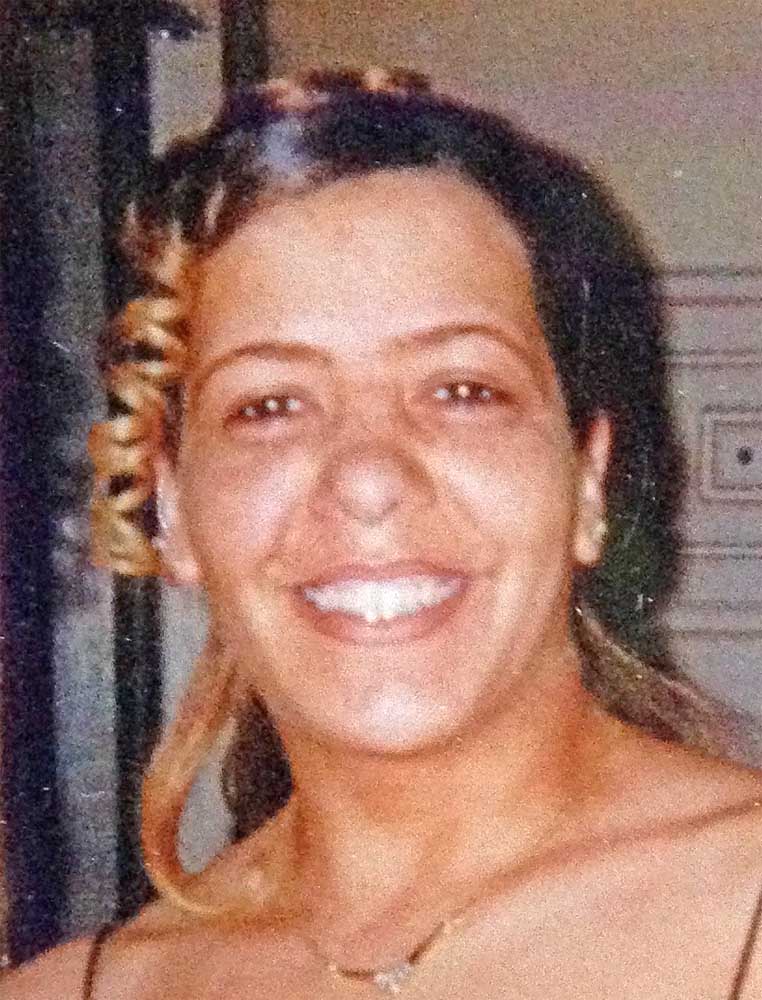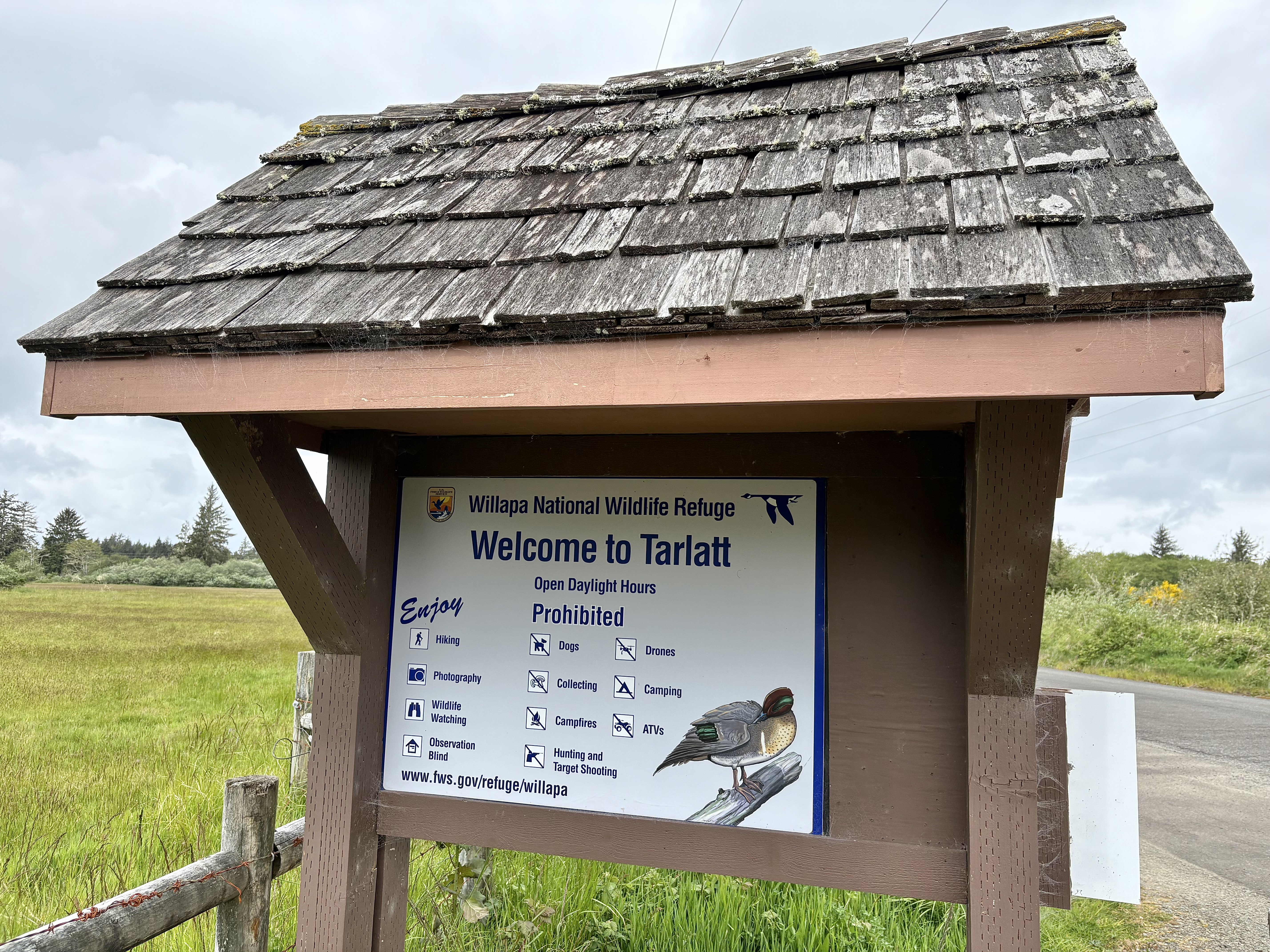Shaping a child’s race identity: Black, white, or other?
Published 11:50 am Tuesday, May 9, 2017

- Today Lindsey's the calm hub in any hub-bub — just as she was 47 years ago in that waiting room, “except now she smiles.”
We sat in straight chairs, waiting to meet our daughter. Burt held Jordan, age two, and Jamie, 13 months, while I jittered solo, eager to hold the baby. “Eager” doesn’t come close. I was afire. Atingle!
Trending
Here’s what we knew (no photos available): Eight months old. African-American/Irish-American. Foster child, next county. We wanted her! But were we, a white couple, the right parents for this child? Adoption workers would watch us interact with the baby and decide, yes or no.
The caseworker came in, carrying Lindsey (we’d already named her, hoping to adopt her). I was stunned! My imaginary Lindsey was a shy, pint-sized, brown-skinned baby. The real one was big for her age, light-skinned, calm, and forceful.
Lindsey was in charge of the meeting. She shot us piercing looks. Dear child! First she lost her birthmom, her familiar voice and heart rhythms. Lindsey grieved. Another mom took her. Everything changed. Lindsey grieved more. But she was brave. She learned to roll over, sit and creep, eat solid food, looking to that mom for praise and safety. Now SHE’S gone? NOT FAIR! No one asked ME!
Trending
She sat stiffly on my lap and studied me. I smiled. She did not. I chattered and chirped. She stared at me with eyes that dipped, beguilingly, at the outer edges. (Later, at home, the dip added to her smile. Her cheeks tipped up to meet the down-sweep of eyes and made a rosy wreath around her face.)
Her cheeks were angel-cushions! Invitingly kissable. But I held back, not wanting to override her dignity. (She got lots of kisses later. The kisses that she gave were endearing, Lindsey-style. She chewed in her inner cheeks — way, way in — and really puckered up and gave us a smacker.)
We exchanged kids. Lindsey stared at Burt. He gave her his best Dad-jokes. She didn’t laugh. (One day, at home, we heard a growly, percolating sound — Lindsey’s chuckle! It made everyone laugh, including Lindsey, who chuckled all the more. “Huh-huh-huh-huh.”)
After an eternity of staring, Lindsey slumped. She rested her head on Burt’s chest. The answer was yes.
Lindsey was born in 1969, the year after Martin Luther King, Jr. was killed. Racial tensions were high. Civil rights marchers met attack dogs. Black leaders urged nonviolence. Adoption of black children by white parents was controversial. People on all sides held that children did best with parents from matching backgrounds. But no matching parents had been found for Lindsey, and Burt and I felt comfortable crossing racial lines. We’d had black friends and roommates since our teens, and now Burt worked with black inner city youth, training leaders for the Postal Street Academies, a Nixon administration plan for storefront schools in six riot-torn cities. We attended church with black parishioners and white ones as well, in Princeton, New Jersey, at Witherspoon Street Presbyterian Church, a formerly segregated church for ex-slaves. We hoped — naïvely — that we could help Lindsey “see” herself in our mixed family.
But we’re white. We could go only so far.
Black friends helped. For one, Edith Jones! You cheer-monger, you! You sunny-face whooper, you yippy booster of our kids, you writer of giggle-emails — like today’s — that jump off the screen with exclamation points!
White friends helped. For one, Carolyn Brown! You gracious friend of my childhood, you, the Carolyn of Lindsey’s middle name! You of the modulated tone, true counsel, and wise eyes!
Family members helped. Mom, Dad! Brothers, sisters-in-law, cousins! You opened the tent of the Finnish clan and brought our kids in!
Strangers helped. Burt tells this story. Flying in by helicopter to Marin County Airport in California, keyed-up to see the family, Burt told a fellow passenger, a white man in suit and tie, about a birthday gift he had for Lindsey — a checkered pinafore dress. The helicopter landed. The whop-whop whirring stopped. The man spotted the children, ages three, four, five, and six, on the tarmac — Tucker, African-American/Polish-American; Lindsey, African-American/Irish-American; Jamie, Portuguese-American/Filipino-American; Jordan, Irish-English-American. The man grabbed Burt into a bear hug and said, “Thank you!”
If a child is born to one black parent — a black American who very probably had white ancestors — and one white parent, is that child automatically considered black? The question came up in Atlanta, Georgia, when we tried to register seventh-grader Lindsey at a school outside our neighborhood.
In Atlanta in 1981, any child in the majority race at the neighborhood school could choose to attend another district school where he or she was in the minority. Called “majority to minority” or “voluntary transfer,” this plan was used by the Atlanta Board of Education to dismantle racial segregation in schools. The board required schools in predominantly white neighborhoods to maintain a 50-50 balance of white students to black students.
Lindsey is black. She was in the majority at the neighborhood school. She would be moving to a school in a predominantly white residential area. We thought she was a shoo-in.
We learned otherwise. The school she hoped to attend was overbalanced with black students, and could accept only “white” or “other” students.
The categories on the school application were “B,” “W,” and “O.” Could Lindsey be classified as “other”?
Or couldn’t it be argued that she is more than one-half white? Could we register her, on a technicality, as white? But wait a minute. Lindsey was black in her other school. Did that mean that, if she was now white, she was no longer in the majority at her first school? Was she ineligible for a transfer? No, I figured. She’d only recently become white.
I called education officials, the Atlanta Board of Education, the U.S. attorney general’s office. My questions were answered with kindness and gentle irony. The decision was left to us. John Lewis, the venerable civil rights leader, volunteered the hope that labels would someday be unneeded.
Then I remembered Lindsey’s birth certificate. I got it out. There, impressed with New Jersey’s seal, was “evidence” that Lindsey Carolyn Chamberlin was born to Burton Frank Chamberlin and Ruth Elaine Jutila Chamberlin, both white. Lindsey must therefore be white.
Here was a practice that defied reason! When a judge finalized an adoption, the state issued a new, second birth certificate, listing the adoptive parents as the biological parents. No mention of adoption! How’s that for identity confusion?
Lindsey went to school that year disguised as “W.”
Maybe that was a mistake. Lindsey took the brunt of the spoof. But she did it gracefully, and she waves off any mistakes we made (we made plenty), enthusing about “growing up in a rainbow.” She’s a shiny part of the prism! As a girl, Lindsey was a calm hub in any hubbub, took over when a brother broke his arm, decided who should drive to the ER. As an adult, she gathered sisters from across the nation to support one who needed encouragement. She lives in Atlanta with her husband, Tim, her children, Jasmine, Makayla, Curtis, grandkids, Caleb and Cameron, and a large extended family. Again, she’s a calm hub. And she’s passed on to her kids her zeal about her adoption (they make a regular hoopla), saying that if she could choose any family, she’d choose ours. We say, recalling the waiting room scene, “You did!” She laughs, “Huh-huh-huh-huh.”









